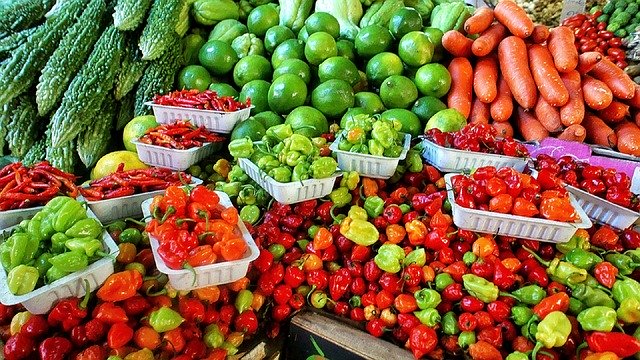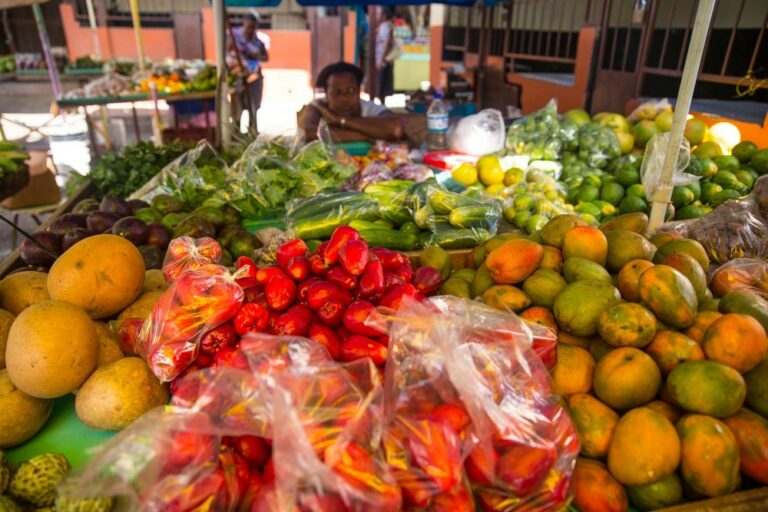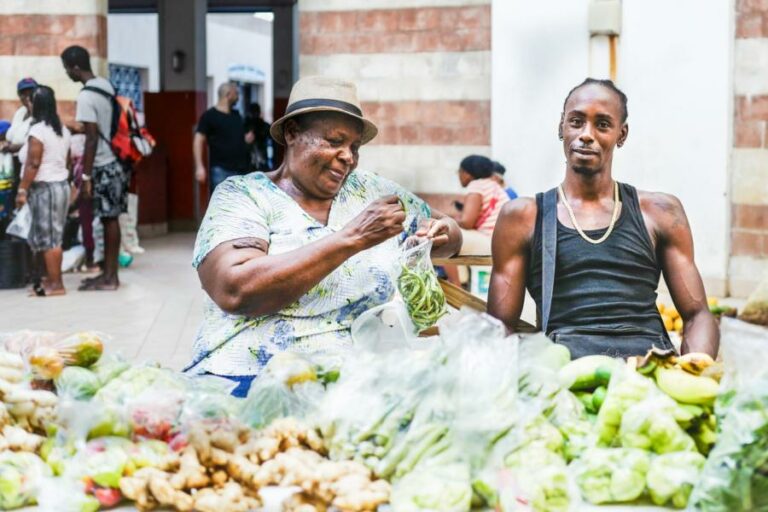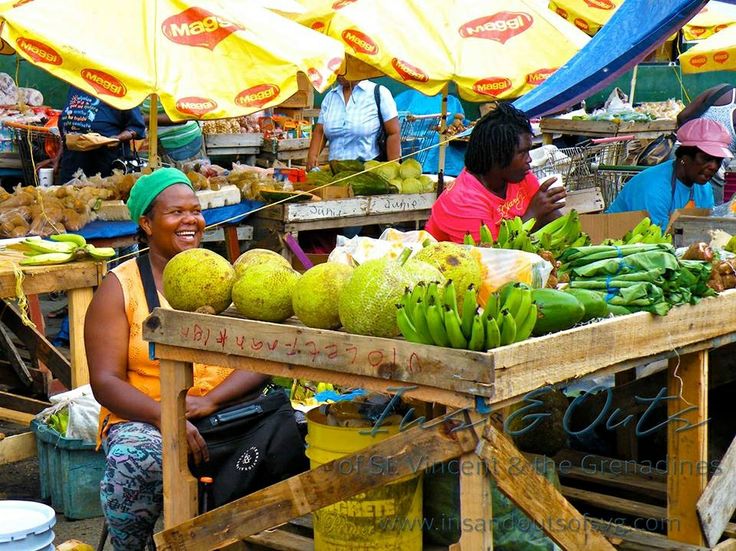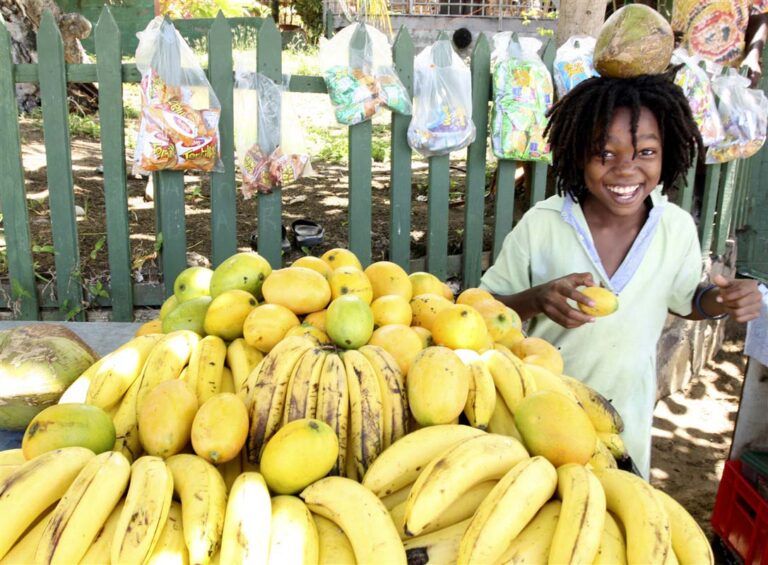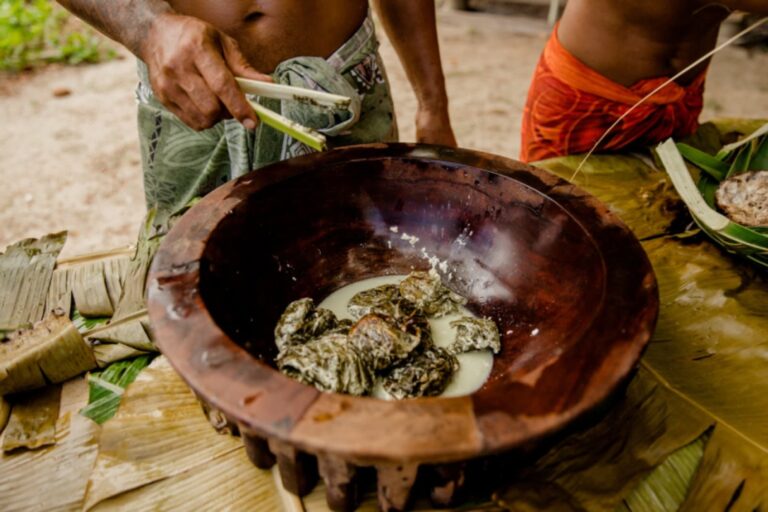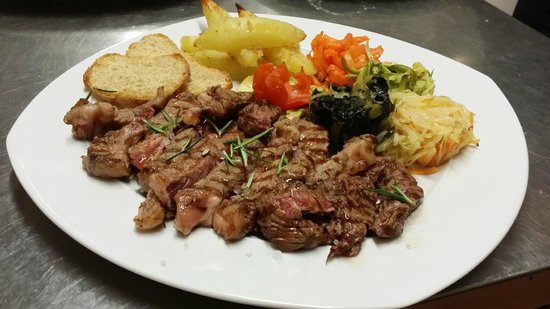Introduction: Saint Kitts and Nevis
Saint Kitts and Nevis is a small island nation located in the Caribbean Sea. The country is comprised of two islands, Saint Kitts and Nevis, and is known for its beautiful beaches, lush rainforests, and vibrant culture. One of the many highlights of Saint Kitts and Nevis is its rich culinary tradition, which draws heavily from the local fruits, vegetables, and seafood that are abundant on the islands.
Local Fruits: A Staple in Saint Kitts and Nevis
Local fruits such as mangoes, guavas, and passion fruits are a staple in Saint Kitts and Nevis cuisine. These fruits are used in a variety of dishes, from breakfast porridges to desserts and drinks. Mango chutney, made with fresh local mangoes, is a popular condiment that is often served with meat dishes. Guava jam is another local favorite, and is often spread on toast or served with cheese. Fresh passion fruit juice is a refreshing drink that is popular throughout the islands.
Fresh Vegetables: A Vital Component in Local Cuisine
Fresh vegetables are a vital component in Saint Kitts and Nevis cuisine. Common vegetables include callaloo, a leafy green that is similar to spinach, and pumpkin, which is often boiled and mashed to make a side dish. Okra is another popular vegetable that is often stewed with tomatoes and spices. Other vegetables commonly used in local cuisine include eggplant, yams, and sweet potatoes.
Seafood: From the Waters to the Dinner Table
Seafood is an important part of the diet in Saint Kitts and Nevis. Freshly caught fish, such as snapper, mahi-mahi, and tuna, are commonly served grilled or fried. Lobster is another local favorite, and is often served with butter and garlic. Conch, a type of shellfish, is also popular and is often served in stews or chowders.
Popular Dishes: Examples of Local Cuisine
Some of the most popular dishes in Saint Kitts and Nevis include saltfish and dumplings, which is a breakfast dish made with salted codfish and boiled dumplings. Goat water, a flavorful goat stew, is another local favorite. Curry chicken and rice, made with locally grown rice and curry spices, is a staple dish that can be found in many restaurants throughout the islands.
Conclusion: Embracing the Flavors of Saint Kitts and Nevis
Saint Kitts and Nevis cuisine is a unique combination of local fruits, vegetables, and seafood that reflect the country’s rich culture and heritage. By embracing the flavors of Saint Kitts and Nevis, visitors to the islands can truly experience the best that the country has to offer. Whether it’s sampling fresh fruit at a local market or enjoying a traditional seafood dinner, the cuisine of Saint Kitts and Nevis is sure to delight the taste buds of any food lover.

